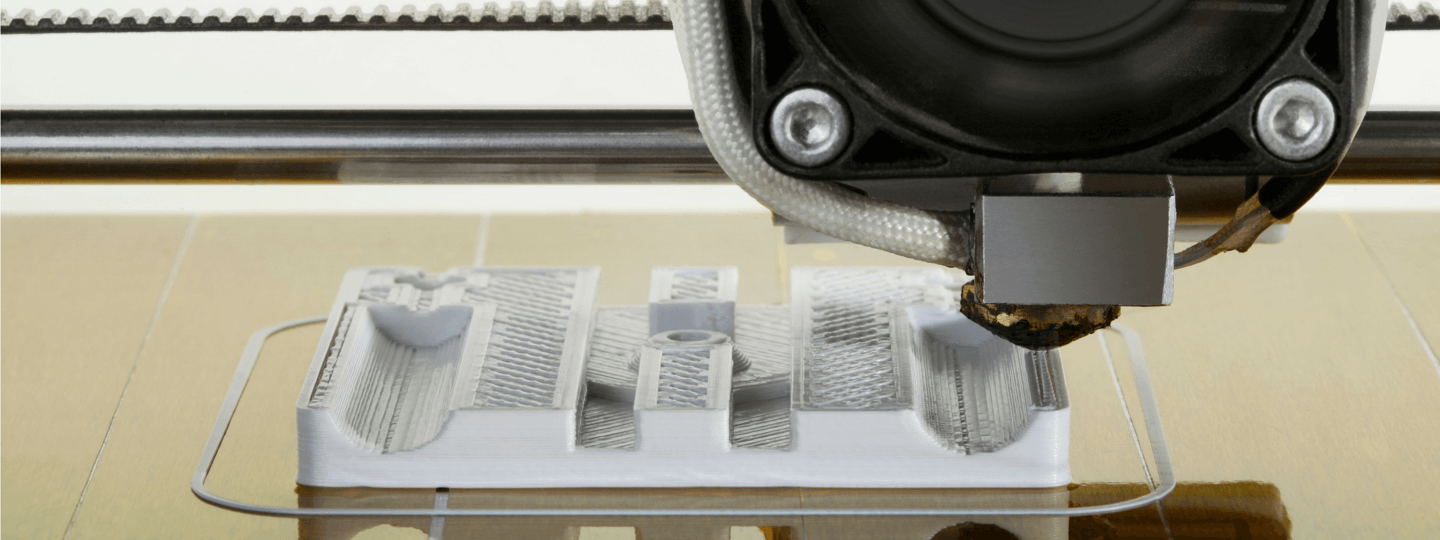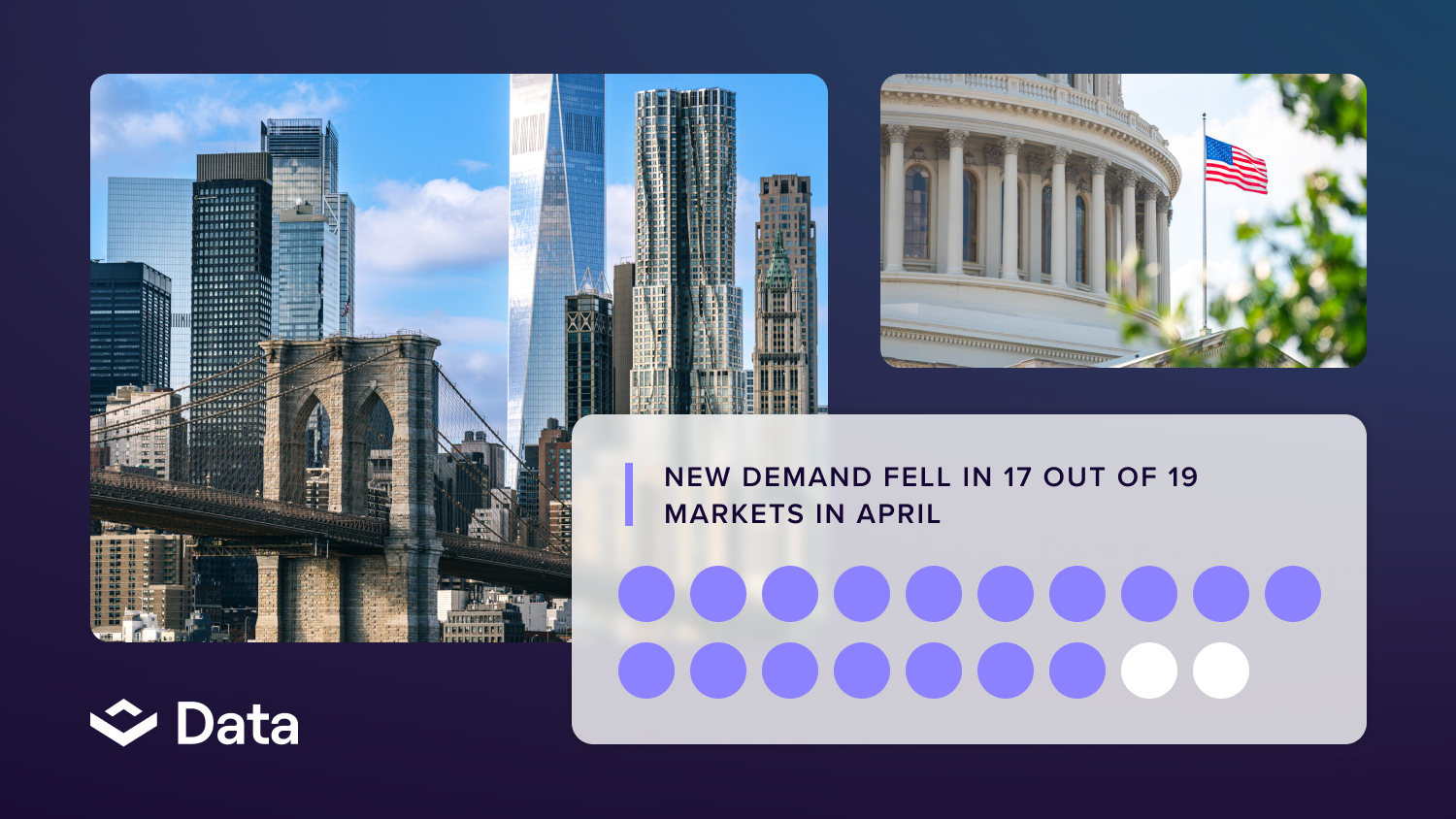It seems like a new piece of technology pops up almost daily, promising to make our lives faster, more efficient, and sometimes just plain fun. One of those technologies getting a lot of attention these days is 3D printers.
3D printers can supposedly make anything from jewelry and clothing to high-precision airplane parts and medical prosthetics. Pretty cool, right? But, there also is talk that 3D printing has the potential to be a major disruptor for the commercial real estate industry.
3D printers can be used to create objects with very detailed specifics in a variety of materials ranging from plastics to titanium. The clearest implication here is that 3D printing could have a big impact on advanced manufacturing with more flexible and customizable goods, and ultimately, the supply chain. According to a 2013 annual report from Agracel Inc., top manufacturers — like GE and Siemens — are already moving this technology into their production facilities. Siemens reportedly started printing spare parts for its gas turbines three years ago.
Another disruptive target is the consumer and retail market. Right now retailers are deeply entrenched in their battle with e-commerce. But, what if instead of going to the store to buy those shoes, or even having them shipped from one of Amazon’s mega-sized distribution centers, you can “print” them in your own home? Certainly, there are limitations related to size, complexity, and cost. But, there are a myriad of options that could be – and are – printed ranging from iPhone cases to acoustic guitars.
If people started printing their own items on demand, it could have an impact on commercial real estate. In a recent RealComm blog, author Jim Young noted that there would definitely be a decreased need for real estate associated with manufacturing, warehousing, and the global transportation network, not to mention retail space where goods are sold. Young raises the question of whether we might be on the verge of a “major manufacturing paradigm shift” that could redefine at least a portion of the commercial real estate market. Or it could be a minor blip in the scope of the large universe of manufactured products.
The flipside is that 3D printing also might create some positive impact for the real estate sector. Architects are no strangers to 3D computer modeling,computer aided design (CAD), and building information modeling (BIM) software. So, why not take the buildings they design and use a 3D printer to produce building models? A Bisnow article pointed to an example of a Chinese developer taking this concept even further by testing 3D printing of actual buildings. Yes, actual buildings. Potentially, 3D printing-aided construction could have big implications for building emergency shelters more quickly after natural disasters.
It remains to be seen whether 3D printing will create big disruptive waves in commercial real estate. While the technology is by no means a death knell to traditional manufacturing or retail, it is within the realm of possibility that 3D printing could drive change to the manufacturing, distribution, and retail sectors. This change could produce a ripple effect on how much space companies need and where in the world they need to locate in the future.






